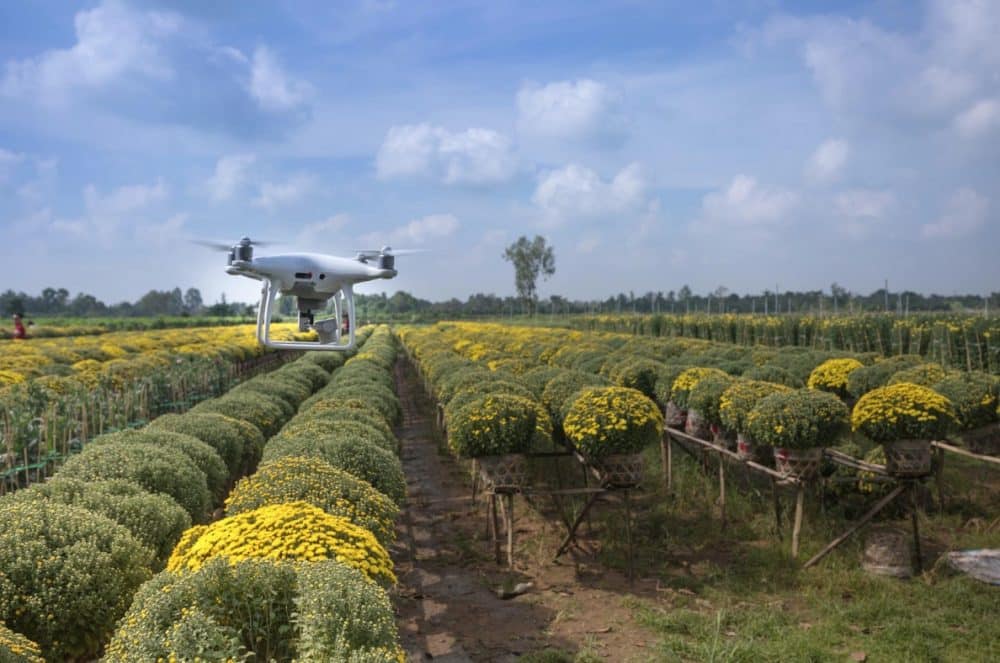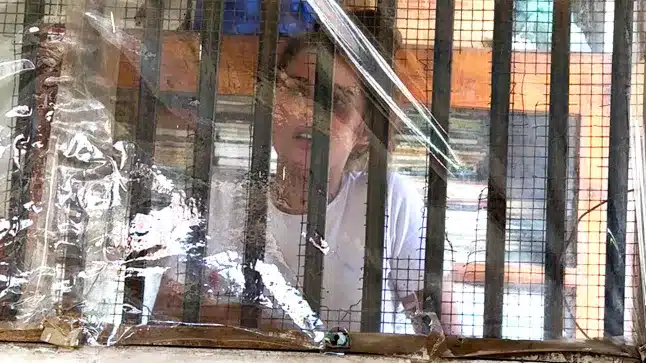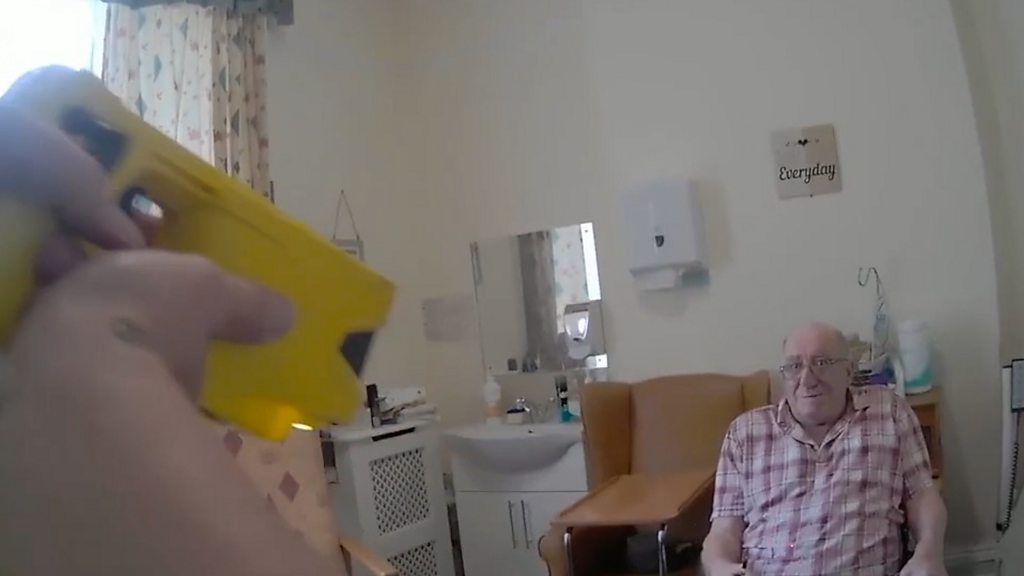Gardening evolves with every generation, blending tradition with a touch of innovation. In 2025, technology doesn’t replace the basics—like planting seeds or nurturing growth—but it enhances how we care for our gardens. This year’s tools are subtle, efficient, and designed to make gardening smarter without sacrificing its soul. Here’s a look at what’s making waves in the garden this season.
Via Pexels
Rethinking Soil: Sensors That Listen To The Ground
Great gardens start below the surface. Modern soil‑sensing networks now match‑stick‑thin probes you slide into raised beds, borders, or the gaps between paving stones. They whisper moisture, pH, salinity, and temperature data to a small gateway that perches under a shrub like a plastic mushroom. A local algorithm crunches the numbers in real time and suggests adjustments before stress appears in the foliage. The clever part is the learning loop: after each watering or fertilising session, the network observes how the soil reacts and tunes its advice. Over the season, it learns your ground the way a barista learns beans—patiently, note by note. Because the sensors speak the low‑power wireless language made for orchards and vineyards, batteries last for seasons rather than weeks. Suddenly, soil stops being a guessing game and becomes a quiet conversation.
Robots That Respect The Lawn
Autonomous mowing has been around for years, but now machines step up from “cut and hope” to “map and manage.” Tiny lidar modules guide the robots along serpentine paths that mimic the patterns of traditional scything, reducing compaction and encouraging denser turf. Add a swappable head and the same chassis becomes a lightweight edger for crisp borders without the Saturday‑morning backache. The new wave of lawn bots also understands wildlife corridors. Ultrasound sensors recognise hedgehogs, beetles, and even the occasional dropped toy, lifting the blades and rolling back until the visitor has gone. The result —grass trimmed without drama, fuel smell, or shredding of habitat.
Eyes In The Sky: Drones And Computer Vision
A pocket‑sized quadcopter rises, scans, and lands before your coffee cools. Onboard cameras parse chlorophyll colour, canopy density, and even the angle of wilting. Edge processing means the drone highlights ailing plants on your phone. One pass can replace an hour of strolling with a notebook, and it spots early trouble that human eyes miss—powdery mildew blooming on the north side of a leaf, or the first nibble of caterpillars hiding under kale. The same drone fits a misting attachment for precision bio‑friendly sprays. Rather than blanket treatments, it paints a thin film only where sensors flagged disease. Less chemicals, less water, less time. More time to walk the garden for pleasure rather than inspection.
Water From Thin Air (Literally)
As rainfall patterns swing wider, irrigation is no longer just about “when” but “from where.” Atmospheric water generators—once fridge‑sized—now fit inside a garden bench. They cool ambient air at night, condensing droplets that trickle into a subterranean tank. Coupled with solar power, the setup pulls several litres a day without tapping the mains. In coastal areas, fog harvesters stretch mesh wings at dawn, combing moisture out of rolling mist and pumping it directly to root zones. These systems shine where hosepipe bans bite hard. They also shift our mindset: water stops being an unlimited flow and becomes a daily harvest.

Via Pexels
Powering The Plot Off‑Grid
Panels on the shed are old news. This year’s step change lies in hybrid micro‑storage. Flexible solar film wraps pergola beams and feeds a slim, solid‑state battery the size of a hardcover novel. On overcast days, a palm‑sized hydrogen cell takes over, converting stored rainwater plus solar leftovers into clean electricity. Everything plugs into a single DC bus: pond pump, lighting, mower charger, even a USB port for your phone. The garden becomes an energy island—small but self‑reliant.
Compost, Re‑imagined As A Bioreactor
Composting used to be a slow heap steaming in a corner. New aerobic reactors look like stout barrels with a soft hum. A spiral auger turns the mix every few hours, while heat exchangers siphon the warmth to a greenhouse pipe. The unit captures CO₂ and feeds it back into the greenhouse during daylight, nudging photosynthesis a little higher. Sensors watch carbon‑to‑nitrogen ratios and suggest when to add shredded leaves or kitchen peelings. In three weeks, you draw out dark, crumbly soil food that is pathogen‑free and teeming with microbial life. It is industrial fermentation, scaled for a suburban plot, and it closes the loop between waste and abundance.
Vertical Space, Horizontal Impact
Towers of strawberries, lettuce cylinders, and bean helices are no longer novelties. Modularised vertical gardening frames use micro‑jet irrigation and gravity drains, so each litre of water trickles through six or seven root zones before returning to the reservoir. Integrated LED strips deliver targeted spectra—cool white at seedling stage, warm red for fruiting—while remaining gentle on nocturnal insects. The frames fold flat for winter or clip together into arches over a path. By stacking crops, you squeeze a market garden into a footprint the size of a doormat, leaving horizontal ground free for wildlife plantings. Tech, in this case, amplifies diversity rather than replacing it.
The Data Layer Beneath The Leaves
Running all this equipment generates rivers of numbers. This year, open‑source garden hubs collect the streams into a single dashboard. Think of it as a weather station on caffeine. It syncs soil moisture curves, drone health maps, compost core temperatures, and battery states. The interface is plain. Yet beneath the calm, machine‑learning models hunt for patterns: how a ten‑minute earlier watering cut powdery mildew by twenty percent, or how compost heat aligns with outside humidity. You don’t have to be a data scientist. The hub translates insights into plain prompts: “Skip watering tomorrow; roots still at 23 % moisture.” Over time, your garden builds its own operating manual, unique to your microclimate, soil, and planting style.
A Final Note On Growing With Tech
Technology can march into a garden and dominate it, or it can sidle in and serve. The best tools this year follow the second path. They shrink, quieten, and learn, so the rhythmic business of sowing, staking, and harvesting remains in human hands. They offer precision where guesswork once lived, freeing headspace for design and wonder. They turn chores into background processes, letting you watch and enjoy.















